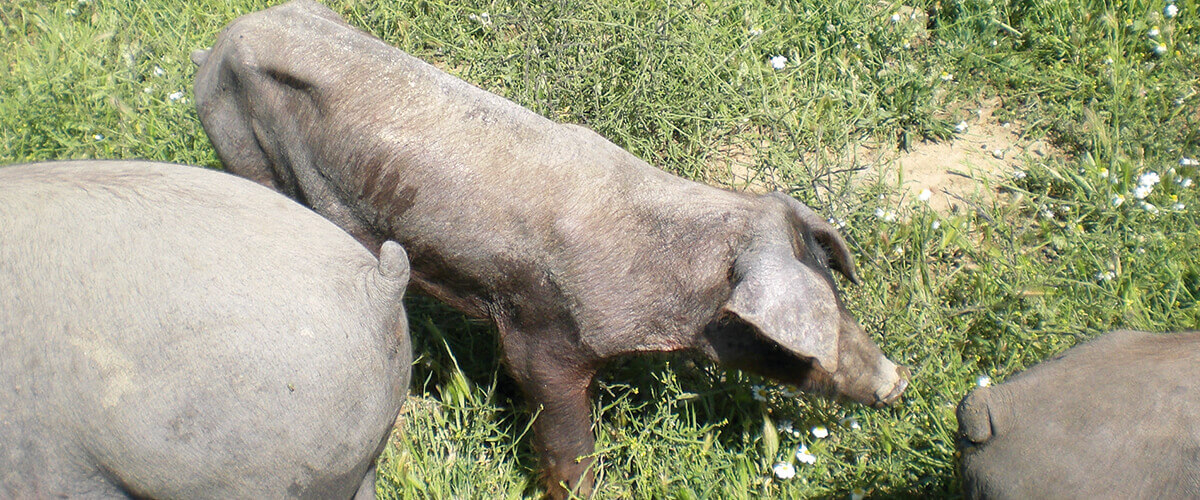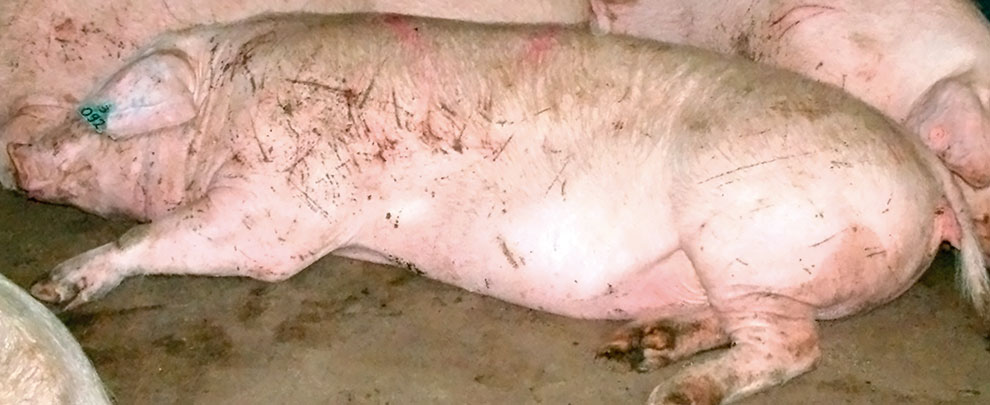Blog
Blog

Parameters for assessing pig welfare
02nd October 2019 - Studies
Antoni Dalmau. Animal Welfare Researcher.
Nowadays, consumers no longer view livestock farming merely as a means to produce food. Instead, they demand additional requirements such as food safety and quality, environmental protection, and assurance that animals are treated properly. In this context, the European Commission funded the European project known as “Welfare Quality®” from 2004 to 2009.
The Welfare Quality® project, formally titled “Integration of Animal Welfare in the Food Quality Chain: From Public Concerns to Improved Welfare and Transparent Quality,” was the most ambitious research initiative ever undertaken in the field of animal welfare. With a total budget of €17 million, involving 17 countries, more than 40 institutions, and around 500 participants, the project marked a turning point in how animal welfare is understood and assessed in the EU. One of its main goals was to develop a standardized animal welfare assessment system for all of Europe, which would also provide consumers with clear information about food products in this regard. To meet this goal, a system of principles and criteria for defining animal welfare was established. Over five years, the measures to be included in the protocols were validated and combined in the most efficient way possible to allow the evaluation of a farm or slaughterhouse in a single day. Training materials and procedures were also developed to train those responsible for applying these protocols worldwide.
INTEGRATION OF PARAMETERS
The protocols address animal welfare on the farm, during transport, and at slaughter, and focus on cattle, pigs, and poultry. The integration of different parameters is a key feature, since any attempt to assess welfare using a single parameter is destined to fail. Therefore, a monitoring and assessment system must consider variables from diverse sources. Often, welfare is evaluated through facility inspection and management practices, but these methods assume a correlation with the animals' welfare rather than providing direct evidence. For example, poor flooring or untrained staff can lead to injuries, but checking floors or training certificates doesn’t assess the injuries themselves, only observing the animals does.
Thus, in the Welfare Quality® protocols, the most relevant measures are animal-based. Frequently, individual welfare is assessed by the animal’s effort to overcome the physical and social conditions of its environment, which also reflects its mental state. When unable to cope, the animal may suffer illness or even die. If it does adapt, it may do so at a cost, high levels of cortisol in plasma or feces, increased heart rate, escape behavior, aggression, fear, or stereotypies are valid indicators of welfare. However, not all of these are practical on farms or at slaughterhouses (e.g., blood cortisol analysis), so practical feasibility must be considered when including any parameter: animal-based measures are generally more time-consuming and difficult than resource-based ones.
Animal welfare monitoring systems must be validated before being adopted in a protocol like Welfare Quality®. In biological trials, validation must evaluate accuracy, repeatability, reliability, and sensitivity. Over the past 15 years, work has focused on validating various indicators for inclusion in the protocols. Additionally, repeatability studies have ensured that multiple observers assessing the same sample reach consistent results, which indicates the complexity of a given parameter. Finally, each parameter is assessed in terms of the time and resources required, as practicality is essential.
As mentioned earlier, one of the project’s phases was to define how to approach animal welfare. Four core principles were established, based on 12 criteria. All welfare parameters considered in the protocols were categorized under these four major principles: 1) Good feeding; 2) Good housing; 3) Good health; 4) Appropriate behavior.
From the outset, the protocols were tested in a wide range of settings to ensure their broad applicability. During the project, the pig protocol (including both white and Iberian pigs) was tested on hundreds of farms in Spain, France, Sweden, and the UK. Since 2009, it has continued to be used not only in Europe but also in countries like Brazil, Canada, and China—contributing to ongoing improvements. Below are examples of some parameters included in the protocol.
BODY CONDITION
One of the four core principles in the Welfare Quality® protocol is ensuring adequate feeding. While feed formulas and feeders could be inspected during a visit, these protocols focus on animal-based indicators. In this case, the best indicator of actual nutritional status is the animal's body condition, which is therefore the only measure used. Animals with visible hip and spinal bones are considered too thin and would receive a negative welfare score.

INJURY ASSESSMENT
Animal injuries are assessed based on number, location (head/neck, sides/back, hindquarters), nature (scratches or superficial wounds, open wounds, abrasions, marks, or bruises), size, and healing stage. Injury location and type can also help identify their origin (e.g., fights, poor handling, overcrowding, or faulty infrastructure). Head and shoulder injuries are typically caused by social hierarchy fights, while hindquarter injuries may stem from feeding competition or poor management. Without proper training, injury assessments can lack repeatability, as is the case with many animal-based measures.
APPROPRIATE BEHAVIOR ASSESSMENT
Abnormal behaviors are strong welfare indicators, as behavior is the animal’s first response to stress. However, some “normal” behaviors can also indicate welfare when their frequency is monitored. A high frequency of negative social behaviors or a lack of exploratory behavior indicates poor welfare. Negative social behaviors are expected when a new group forms, but these should subside quickly. If they persist, it suggests unstable social relationships and high competition for resources (e.g., space or feeders). On pig farms, behavior assessments can take over two hours and require extensive training.
The Welfare Quality® protocols comprise over 20 validated and repeatability-tested measures. Training programs have been developed to minimize bias in implementation. The measures are integrated into a system based on 12 criteria and 4 principles, providing a comprehensive farm welfare evaluation. These protocols have earned international recognition, with nearly 100 related scientific publications and a continuous improvement process since 2004, maintained today by the Welfare Quality® Network—a consortium of research centers committed to their proper use.








